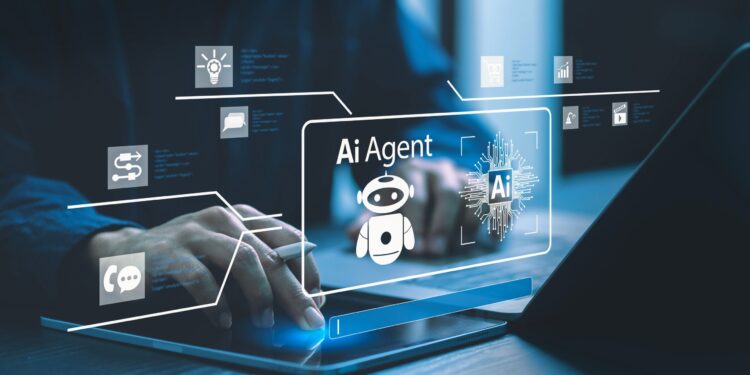Despite an estimated $30 billion to $40 billion in enterprise spending on generative AI tools and systems, a new report from the Massachusetts Institute of Technology (MIT) finds that 95% of organizations have yet to see any measurable financial return from their investments.
The findings highlight what researchers call the “GenAI Divide” — a widening gap between a small minority of companies extracting millions in value and the overwhelming majority left with stalled pilots and little impact on their profit and loss statements.
According to the report, just 5% of integrated AI pilots are generating meaningful business outcomes. Meanwhile, most others remain stuck at the experimental stage. The divide cuts across both buyers (enterprises, mid-market firms, and small businesses) and builders (startups, vendors, and consultants).
The study, based on interviews, surveys and analysis of 300 public AI implementations, found the divide is not primarily driven by the quality of models or regulatory concerns, but by organizational approach and execution.
What MIT found about generative AI use in enterprises
While adoption of tools like ChatGPT and Microsoft Copilot is widespread — more than 80% of organizations have piloted them and nearly 40% report some deployment — these tools enhance individual productivity rather than driving bottom-line gains. Enterprise-grade systems, whether custom-built or vendor-sold, face much higher resistance.
The report shows that 60% of organizations evaluated enterprise AI systems, but just 20% advanced to pilot stage and only 5% reached production. Failures most often stem from brittle workflows, lack of contextual learning, and poor integration with daily operations.
“The core barrier to scaling is not infrastructure, regulation, or talent. It is learning,” the report states.
Most current GenAI systems do not retain feedback, adapt to context, or improve over time.
By contrast, the small set of organizations succeeding with generative AI share several traits:
- They customize tools for process-specific use cases.
- They evaluate AI by business outcomes rather than technical benchmarks.
- They demand systems that integrate with existing operations and improve continuously.
These companies are beginning to see multi-million-dollar deployments within months, with early impacts in customer support, software engineering, and back-office administration. Savings are also being reported from reduced spending on business process of outsourcing and external agencies.
The MIT researchers also developed an AI Market Disruption Index to measure industry-level transformation. Results show disruption is concentrated in just two sectors — technology and media — while industries such as finance, health care, retail, and manufacturing show little structural change.
“Despite the visibility and hype, generative AI is not yet reshaping most industries in the way past general-purpose technologies have,” the report concludes.
The findings suggest that while generative AI has become ubiquitous at the exploratory level, true transformation remains elusive for most organizations. The emerging “GenAI Divide” may determine which firms gain long-term competitive advantage as the technology matures.
Sign up
Sign up for a complimentary subscription to Digital Commerce 360 B2B News. It covers technology and business trends in the growing B2B ecommerce industry. Contact Mark Brohan, senior vice president of B2B and Market Research, at mark@digitalcommerce360.com. Follow him on Twitter @markbrohan. Follow us on LinkedIn, X (formerly Twitter), Facebook and YouTube.






